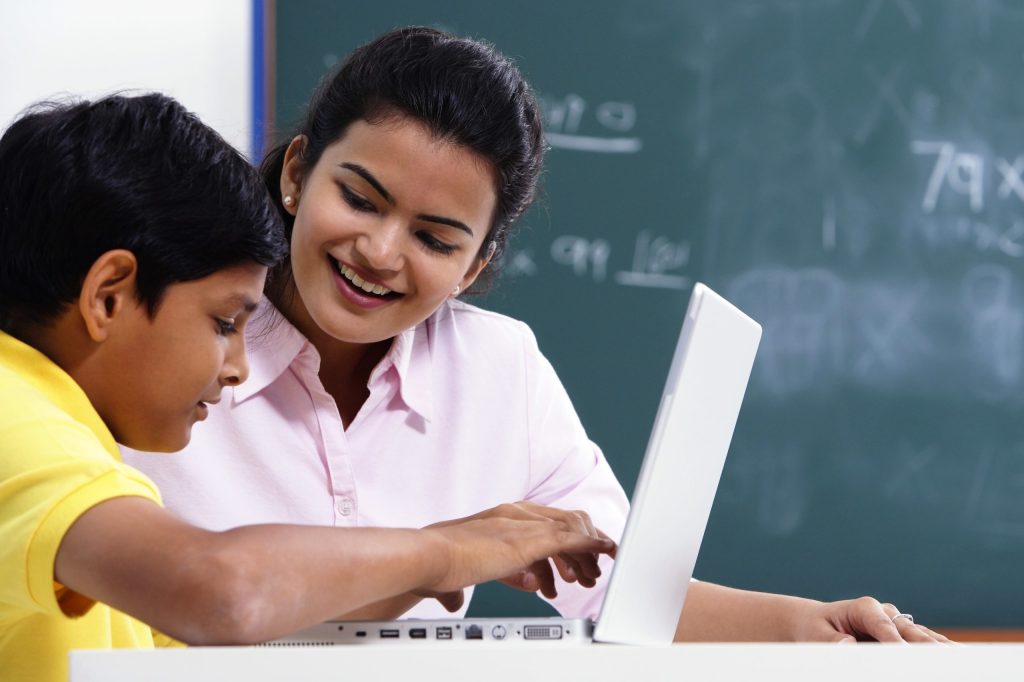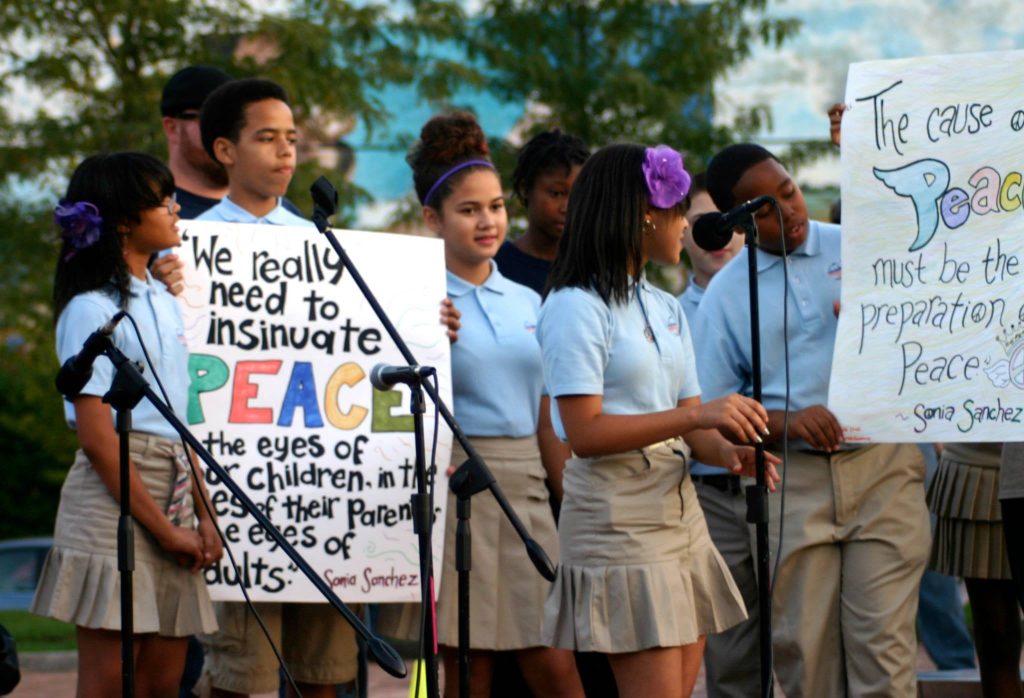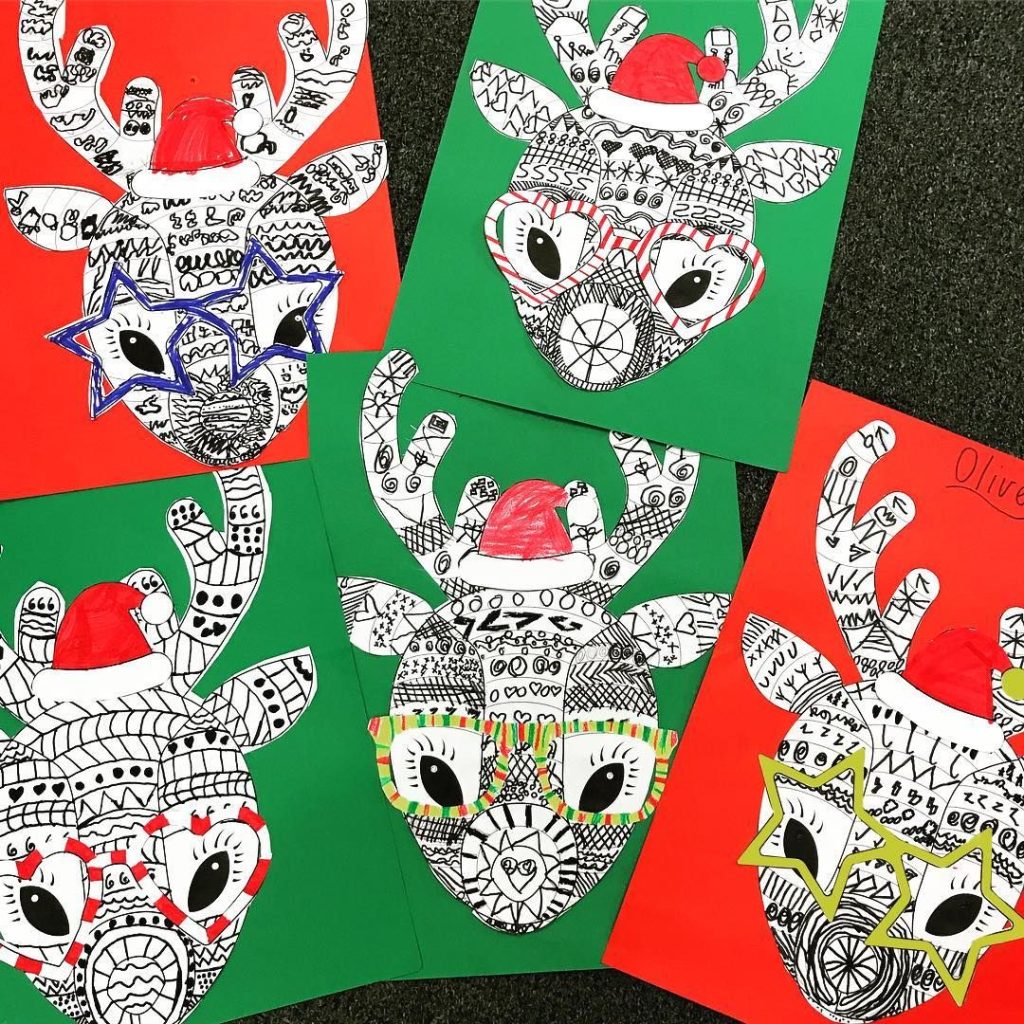COVID-19 has cast an unprecedented impact on education systems around the world, affecting the way schools operate, how teachers instruct, and the daily lives of parents and students. As schools grapple with closures, re-openings, and hybrid models of learning, organizations like Teach Starter are playing a significant role in offering support and resources to navigate this challenging time.
Teach Starter is an online platform that provides educational resources created by teachers, for teachers. In response to COVID-19, it has stepped up its mission by curating a special collection of teaching resources aimed at helping educators adjust to new teaching methods necessitated by the pandemic. This includes printable lesson plans, interactive activities, and informative blog posts tailored to remote teaching and learning.
For schools, Teach Starter has made it easier to access materials that can be integrated into whichever form of learning they are currently implementing. Whether it’s in-person with social distancing measures or through a digital platform, these resources help maintain a sense of normalcy in curriculum delivery while ensuring that safety measures are met.
Teachers have been particularly hard-hit with the requirement to shift their instructional strategies. To support them, Teach Starter provides tips on managing virtual classrooms, engaging students online, and adapting lesson plans for remote teaching. The website also offers well-being resources focused on helping teachers maintain their mental health amidst the strains brought by the pandemic.
Parents, too, have become more involved in their children’s education than ever before. Many have had to juggle their work schedules along with their children’s learning needs. To assist parents in this new role, Teach Starter offers guides on home-schooling techniques and resources to keep children engaged academically outside of traditional classroom settings.
Students are also facing challenges such as isolation from peers and adapting to different learning environments. In recognition of this, Teach Starter includes student-friendly materials that are visually appealing and encourage self-directed learning. Content that fosters skills in resilience and coping has also been made available to help students deal with the psychological impacts of the pandemic.
Finally, recognizing the financial strain that COVID-19 has placed on educational resources for many families and schools, Teach Starter has made a significant portion of its premium content free or heavily discounted to ensure that quality learning materials remain accessible to everyone during these tough times.
By providing comprehensive support for schools, teachers, parents, and students affected by COVID-19 disruptions, Teach Starter exemplifies how educational communities can come together to adapt to change and overcome challenges while prioritizing education and well-being for all stakeholders involved.
















